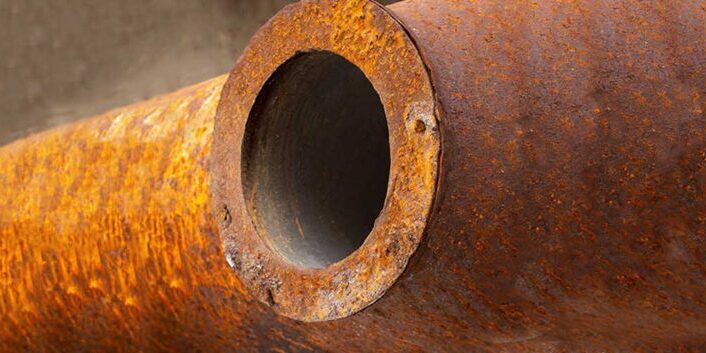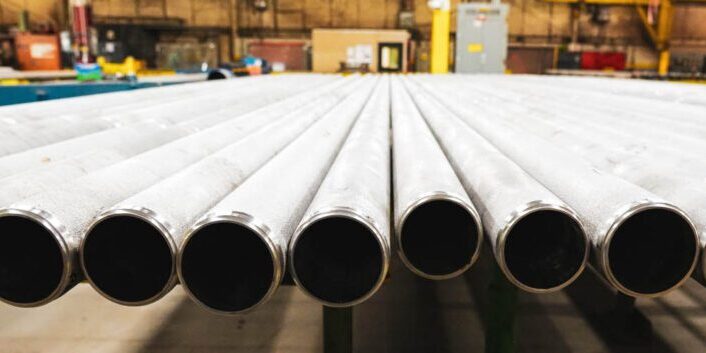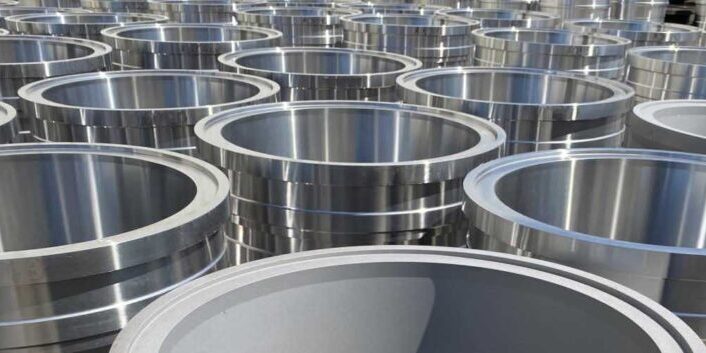Blog Refractory Metals
By: Dave Olsen
When it’s really hot, it seems like your energy and strength just get sapped. Metals used in high temperature applications do not have the luxury of relaxing with a cool drink. Fortunately there are metals out there that keep on going when things get really hot. Among those are the refractory metals.
Refractory metals are a group of metallic elements that are highly resistant to heat and wear. It is generally accepted that tungsten, molybdenum, niobium, tantalum and rhenium best fit most definitions of refractory metals. These elements share key defining properties: each of them has a melting point above 2000°C/3632°F. They are all very dense, fairly resistant to corrosion in their pure form and their strength exceeds that of other metals in extremely high temperatures. Refractory metals are used extensively as alloying elements in steels, stainless steels, heat resistant alloys and super alloys.
While similar in their family properties, the specifics do vary by material.

Tungsten (originally named Wolfram thus the element symbol “W”) has the highest density and highest melting point of all metals and is the most plentiful of the refractory metals. It is often used where high temperatures are present, strength is necessary and high density is not an issue. Chances are you experience the high-temperature properties of tungsten whenever you turn on your incandescent light bulb. The filaments in most of these bulbs are made from tungsten.
Other high temperature applications include rocket nozzles and alloying additions for heat resistant and super alloys. Because of its high density it is also used for balance weights for planes and helicopters, heads of golf clubs.
More commonly used and more economical is molybdenum. It is used as a solid solution strengthening alloy addition in steel and it increases resistance to pitting corrosion making stainless steels more sea water corrosion resistance. ”Moly” is commonly used in structural tubing and piping, missile and rocket engine components, as well as nuclear reactor control rod production.
Niobium (formerly columbium) is the least dense of the five refractory metals and can achieve a wide range of strength and elasticity. As it oxidizes at temperatures above about
400°C/726°F, a protective coating is used to avoid metal loss and brittleness. Certain niobium containing alloys are used in aircraft turbines and extreme temperature conditions such as afterburner components.
Tantalum also delivers high corrosion resistant properties and can be found in medical and surgical fields and harsh acidic environments. You own some tantalum as part of your cellphone or computer.
Finally, rhenium is considered highly desirable as an alloying addition with other refractory metals. Tungsten-rhenium alloys offer the highest temperature strength of any metal; the combination drastically increases ductility and tensile strength. Rhenium is gaining acceptance in nuclear reactors, miniature rockets, and other commercial and aerospace applications.
While it might help restore your strength on those really hot days, lemonade is not a very good alloying agent. For that we have materials like the refractory metals.



